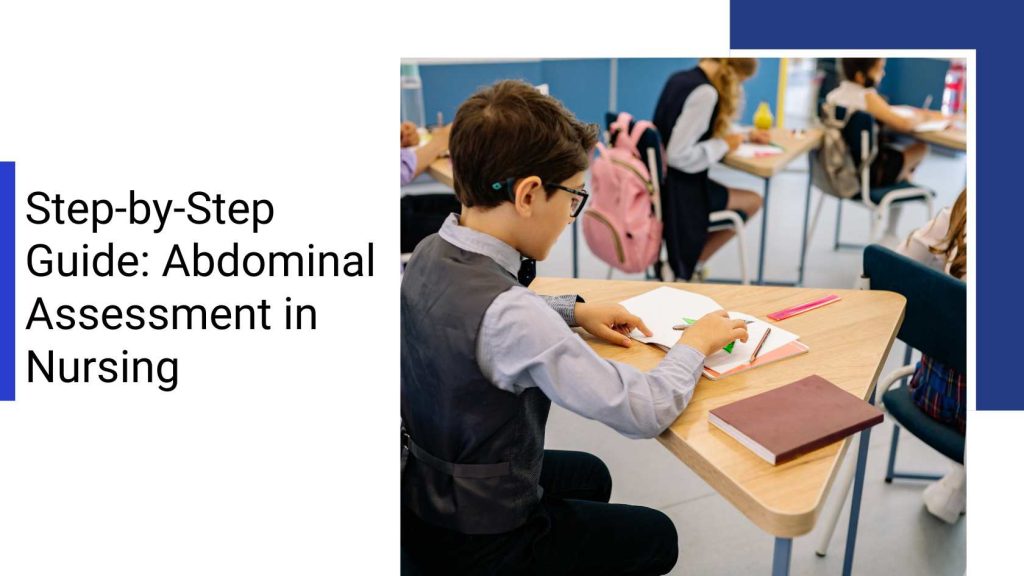- Oak Brook:(630) 705-9999
- Chicago:(312) 920-8822
- Email:inquiry@vervecollege.edu
- Make a Payment
- Home
- Programs
- Admission
- Resources
- ATI Entrance Exam Resources
- New E-Digital Library
- Refer a Friend
- School Newsletter
- Events
- Employers
- Job-Network
- Alpha Beta Kappa Candidates
- Verve College Library
- Graduation and Pinning Ceremony Photo Galleries
- Textbook Information
- Career Services
- Tutoring
- School Catalog
- FAQ
- Constitution Day Program
- Alumni
- Verve College Plans
- Financial Aid
- HEERF Reporting
- Satisfactory Academic Progress
- Apply For Financial Aid
- Net Price Calculator
- Return of Title IV Funds (R2T4)
- Financial Aid Office Code of Conduct
- Contact
- FAQs
- Verification Policy
- Vaccination Policy
- Student Right-to-Know Act
- Misrepresentation
- Information Security Program
- Academic Award Year
- Availability of Employee
- Cost of Attendance
- Health & Safety Exemption Requirement
- Students Rights and Responsibilities
- Leave of Absence
- Pell Formula
- Military Students
- Grants/ Scholarship Policy
- Contact Us
- Testimonials
- Blog
Is a Nursing Career Right For You?
Take The Free Quiz
Step-by-Step Guide: Abdominal Assessment in Nursing
Step-by-Step Guide: Abdominal Assessment in Nursing
The assessment of the abdominal area should be done as part of a comprehensive examination, such as during a routine physical, when a patient is admitted to the nursing homes, clinical sites, or hospital, or during a focused test if the client has abdominal problems like nausea, pain, or changes in bowel habits. Let’s go over the abdominal assessment nursing steps to completing an abdomen assessment.
Supplies for abdominal assessment include a drape, a stethoscope, a diaphragm, a bell, gloves, a measuring tape, and a skin marker that can be washed.
Ask your client to empty his bladder before you begin. Prepare your client for the abdominal assessment. This can be done by adequately draping them. Keep your client covered, and only reveal the areas needed for your evaluation. This careful preparation reflects the comprehensive nursing education offered by licensed practical nursing schools (private schools of nursing or community colleges) for clinical practice. It stresses the importance of protecting both comfort and dignity when conducting assessments.
Close any curtains and close the door to ensure privacy. Make sure your client is comfortable lying in a supine posture, which means they are flat on their back. Place a pillow between their knees to relax their abdominal muscles.
Warm your hands and your stethoscope, and make sure your client feels comfortable in the temperature of the space. Cold temperatures can cause abdominal muscle rigidity, which makes it difficult to perform specific assessment techniques.
Explain the procedure and answer your client’s questions before you begin. After that, wash your hands and gather all of your supplies. Patient-centric healthcare can be measured by its level of communication with patients and its transparency of procedures; training such as this is provided at some of the best nursing colleges in Illinois.
The left upper quadrant is the LUQ and includes the pancreas and stomach.
There’s also the right lower quadrant (RLQ), which contains the cecum and appendix. The left lower quadrant (the LLQ) contains the sigmoid and descending colon. Identifying the quadrant or quadrants involved in a client’s abdominal pain can help determine the possible internal structure.
This checklist will help you to complete an abdominal assessment.
Abdominal Assessment Nursing Steps
Disclaimer: Always read and follow the agency policy regarding clinical skill
1.Bring a stethoscope.
2.Take safety measures:
- Hand hygiene is essential and done by vocational nurses.
- Be sure to check the room for any transmission-based safety precautions.
- Introduce yourself and your role. Explain the reason for your visit. Estimate the length of time you will spend.
- Use two identifiers to confirm the patient’s identity (e.g., name and date of birth).
- Ask the patient if they still have questions about the procedure.
- Organize and be systematic.
- Listening, questioning & critical thinking skills are essential.
- Pay attention to the patient’s cues.
- Assure the dignity and privacy of patients.
- Learn ABCs.
Related:- Coordinated Care Definition & Why It is important?
3.Interview the patient about gastrointestinal and genitourinary issues. The health care team asks pertinent, focused questions according to the patient’s status in clinical settings.
4.Position the patient in a supine position. Drape the patient to expose only the areas that need to be assessed.
4.Examine the abdomen to check for shape/contour/symmetry, pigmentation/coloration, lesions/scars, and visible peristalsis.
5.Use the diaphragm on the stethoscope when assessing for bowel sounds.
6.Palpate lightly the four abdominal quadrants to check for any pain or mass. Check the suprapubic region for bladder distention. Palpate the abdominal area first if there is pain.
7.Ask the patient if they need any help, thank them for their patience, and ask if they have any questions. Learn how to give long-term care to patients patiently in a variety of health care settings, then go with accredited LPN programs (nursing programs) in Chicago.
When leaving the room, take safety precautions:
- CALL LIGHT: within reach
- BED: Low and Locked (in the lowest position with brakes on).
- SIDE RAILS: Securing
- TABLE: within reach
- Room: Clear any obstacles and scan the room to ensure it is safe for falls.
8.Hand hygiene is essential.
9. Document your assessment findings and notify the agency of any concerns.
 Sign up
Sign up Login
Login




